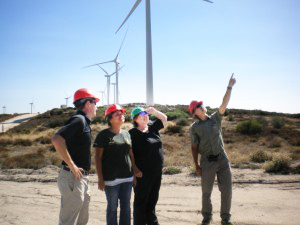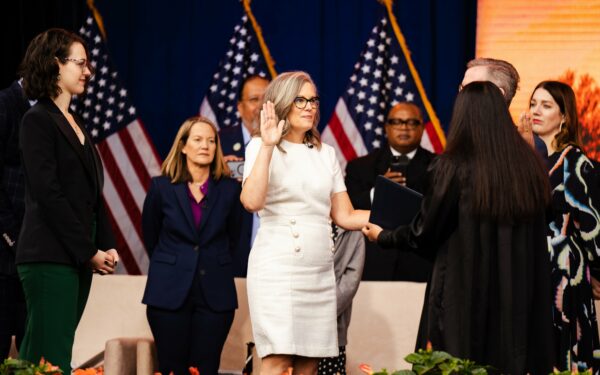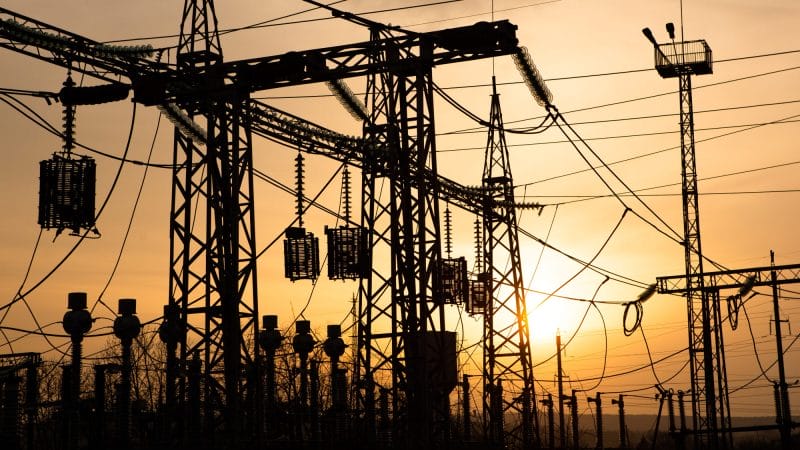By David Nahai, partner, Lewis Brisbois | Renewable Energy World
2013 may well be remembered as the year that ushered in a new era for the development of renewable energy projects on tribal lands.

In January, regulations that compel the Bureau of Indian affairs (BIA) to react to a submitted lease for renewable energy development within 60 days (as well as other requirements) became final. Also in January, the BIA issued a National Policy Memorandum with guidelines for tribes to enact independent leasing regimes and regulations pursuant to the 2012 Helping Expedite and Advance Responsible Tribal Homeownership (HEARTH) Act.
These measures fundamentally change the relationship between tribes and the federal government and open the door to a new future in which tribes enjoy a greater degree of freedom and a truer expression of sovereignty, but also a larger measure of responsibility as tribes make decisions with diminished input from BIA. The impact of all this on renewable energy development on tribal lands could be significant.








